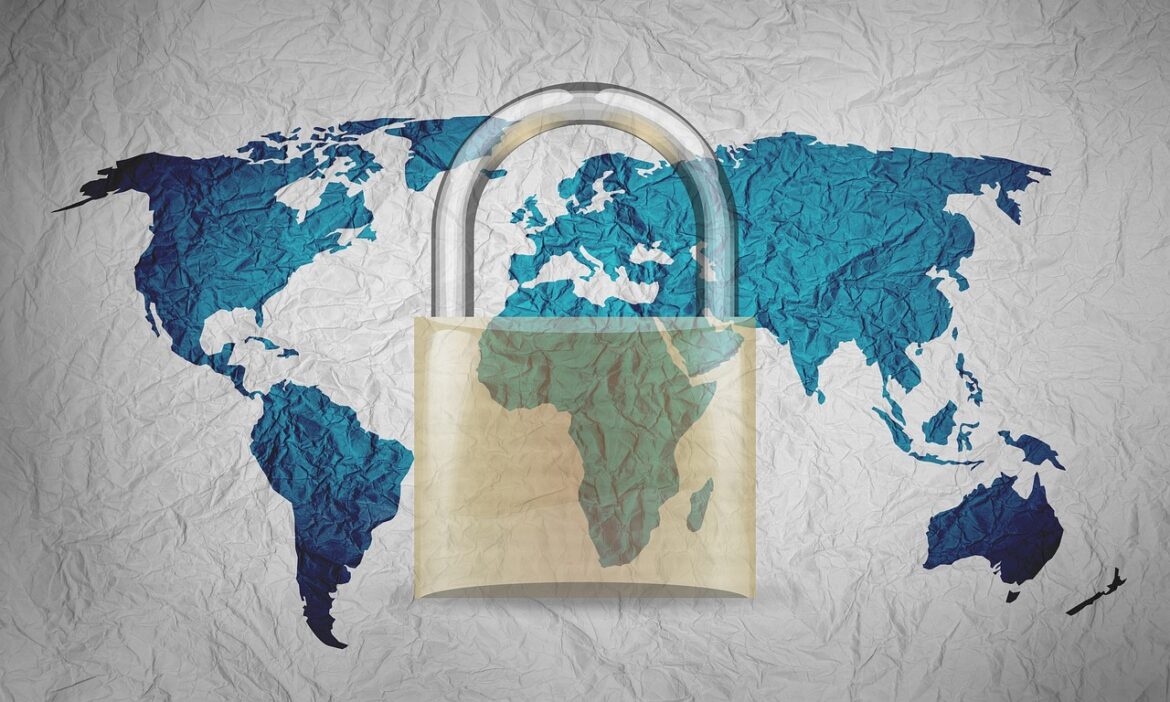Cybersecurity in 2025 is proving to be a high-stakes game of digital survival, where the stakes are nothing less than our personal information, critical services, and business futures.
As we navigate the middle of 2025, the cybersecurity saga is dominated by a few hard-hitting real-world stories that every business leader should understand.
The Epic Credential Leak: 16 Billion Passwords Exposed
Imagine the keys to millions of digital homes being tossed into an open field. That’s effectively what happened when researchers uncovered one of the largest password caches ever seen: over 16 billion stolen login credentials from major platforms like Google, Apple, and Facebook.
This assortment isn’t from a single breach but rather a gruesome compilation gathered over time by malware that stealthily extracts data from infected devices. This colossal leak reveals the tangled web cybercriminals weave — buying, selling, and hoarding passwords in a shadow marketplace.
What this means for you: Traditional single-password defenses are no longer enough. Businesses and individuals need layered security like multi-factor authentication (MFA) and password managers to keep accounts locked up tight.
Ransomware Strikes Education: The Surya Shakti Case
Beyond large worlds and global breaches, education systems are under siege too. An example is Surya Shakti Infotech in India, responsible for managing college admissions. Hackers launched a ransomware attack that erased student records and deceived applicants into paying fake fees.
This disruption of vital services highlights how organizations with tight budgets and valuable data are prime targets.
Takeaway: Implement offline and immutable backups, train users on phishing dangers, and use endpoint detection tools to stop threats early.
AI: The Double-Edged Sword of Cybersecurity
Artificial intelligence is reshaping the battlefield in profound ways. On one hand, AI powers advanced defenses by rapidly detecting anomalies like suspicious logins or file transfers. It can even automate responses, neutralizing threats in real-time.
But on the other hand, AI empowers attackers with more efficient, adaptive malware and phishing campaigns — making cyberattacks cheaper, faster, and more unpredictable.
Experts convened at the 2025 AI Security Forum in Paris emphasize that safeguarding AI itself is a global priority, not a distant worry.
Critical Infrastructure: Under Siege and Innovating Defense
The backbone of our society—power grids, banks, and communications—faces relentless cyberattacks, including state-sponsored campaigns. For example, Iranian financial giant Sepah Bank recently suffered disruptions due to politically motivated hacks.
Meanwhile, innovations like Akamai’s botnet disruption tech show promise by disrupting malicious crypto-mining networks quickly, cutting attacker revenue drastically.
Lesson: Vigilance, coordination, and proactive defense strategies are essential to protect the systems we rely on daily.
Startups Energizing Cybersecurity: New Tools for Modern Threats
Despite economic uncertainty, the first half of 2025 sees a surge in promising cybersecurity startups offering fresh tools to secure the cloud, protect identities, and safeguard AI applications.
Startups funded through Series A and B rounds are rapidly introducing novel products aimed at the hottest segments—helping businesses stay one step ahead in an ever-evolving threat landscape.
What Should Businesses Do Today?
- Adopt Multi-Layered Security: MFA, endpoint detection, and proactive monitoring are must-haves.
- Educate Your Team: Human error remains a huge risk; phishing awareness and training save lives—digitally speaking.
- Leverage AI Wisely: Use AI to strengthen defenses but stay alert to new AI-powered threats.
- Back Up Rigorously: Immutable, offline backups can save a company from ransomware chaos.
- Partner with Innovators: Emerging startups can offer fresh solutions to complex problems.
As 2025 marches on, the cybersecurity landscape is a chessboard where continuous vigilance, innovation, and education are key. Whether you run a multinational or a small school system, understanding these stories helps you navigate this evolving domain—keeping your digital assets safer.
Because while hackers may innovate relentlessly, so must we.
Stay secure out there!
References:
- https://www.splashtop.com/blog/cybersecurity-trends-2025
- https://www.swktech.com/june-2025-cybersecurity-news-recap/
- https://breached.company/critical-infrastructure-under-siege-2024-2025-cybersecurity-landscape/
- https://www.crn.com/news/security/2025/the-10-hottest-cybersecurity-startups-of-2025-so-far
- https://blog.tmcnet.com/blog/rich-tehrani/security/the-biggest-cybersecurity-breaches-of-june-2025.html
- https://far.ai/news
- https://www.llrx.com/2025/06/pete-recommends-weekly-highlights-on-cyber-security-issues-june-28-2025/
- https://firecompass.com/weekly-cybersecurity-report-june-2025/



